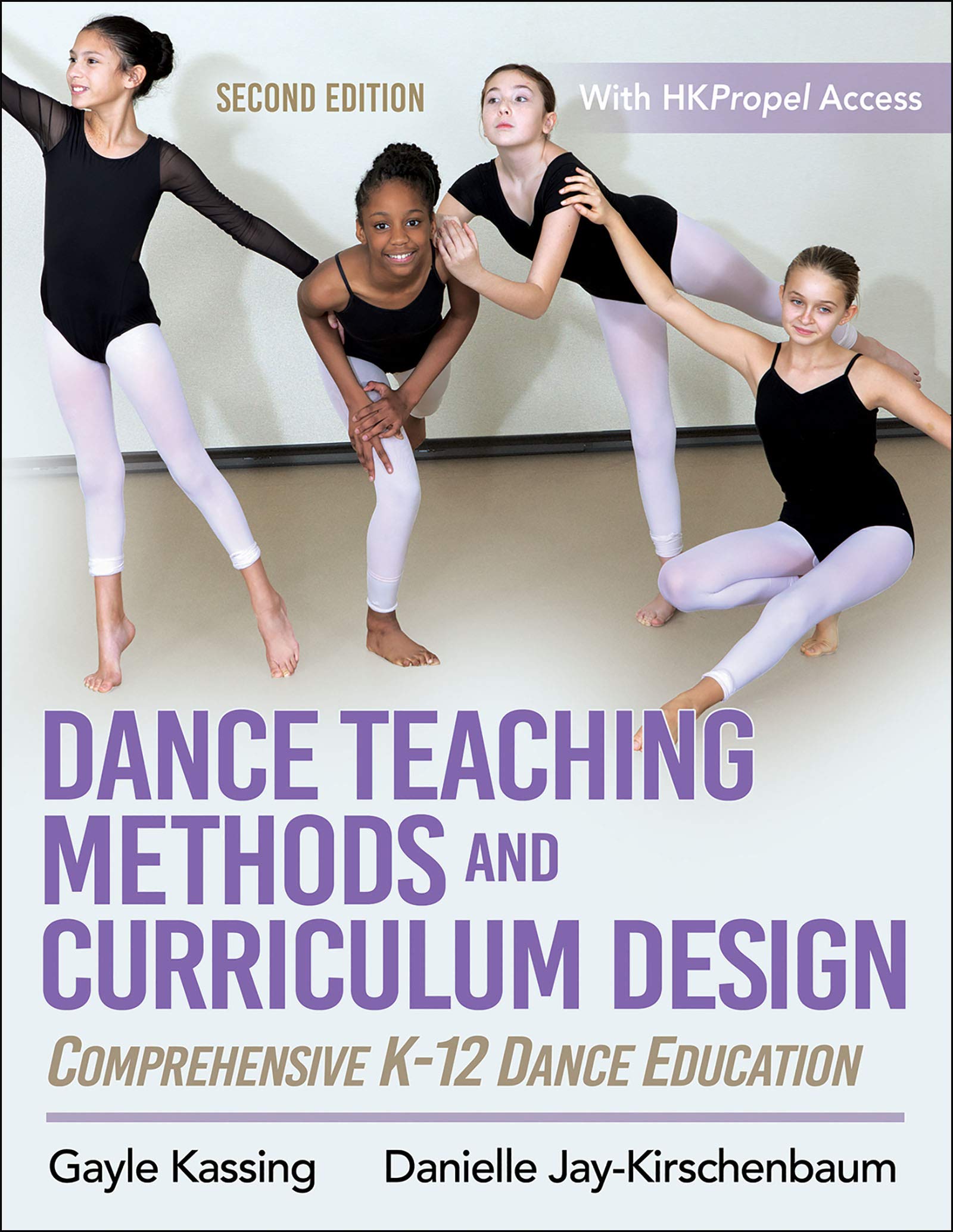Description
Dance Teaching Methods and Curriculum Design 2nd Edition by Kassing Test Bank
Part I. Teaching Dance
Chapter 1. Envisioning Dance Education
Defining Dance and Dance Education
Distinguishing Between Dancers and Dance Educators
Teaching Dance in the 21st Century
Relating Standards for Dance to Dance Education
Understanding the Teaching and Learning Process Model in Dance
Summary
Application Activities
Chapter 2. Teaching Dance From a Holistic Perspective
Comprehensive Dance Knowledge Model
Supportive Knowledge
Dance Training, Conditioning, and Wellness
Technique and Choreography
Education Theories for Teaching Dance
Artistic Development
Summary
Application Activities
Chapter 3. Observing and Analyzing the Teaching and Learning Situation
Understanding Observation Techniques in the Dance Class
Applying Kinesiology Observation to Dance
Developing Observation Skills
Summary
Application Activities
Chapter 4. Guiding Students in Learning Dance
Three Styles of Student Learning
Three Stages of Motor Learning
Movement–Language Connection in Dance
Constructing the Dance Class
Summary
Application Activities
Chapter 5. Understanding Dance Teaching Methods
Choosing a Presentational Method
Teaching Strategies for the Dance Class
Teaching Methods for Specific Dance Forms
Understanding Music and Accompaniment in the Dance Class
Summary
Application Activities
Chapter 6. Organizing and Managing the Dance Class
Creating a Positive Learning Atmosphere
Managing the Dance Classroom
Dealing With Student Behaviors in the Dance Classroom
Developing a Philosophy of Teaching Dance
Summary
Application Activities
Chapter 7. Analyzing the Learner and the Learning Environment
Understanding Characteristics of Different Learners
Developing Social and Emotional Behaviors in the Dance Class
Understanding Dance and the Dance Teacher in K-12 Education
Characterizing the Community
Identifying Values in the Community
Summary
Application Activities
Chapter 8. Categorizing Dance Forms and Their Artistic Demands
Gathering Content Information to Teach Dance
Identifying Characteristics of Dance Forms
Understanding the Format of the Dance Class
Dance and Other Disciplines
Utilizing Principles of the Dance Form
Teaching Artistic Development
Summary
Application Activities
Part II. Lesson Plans
Chapter 9. Developing the Lesson Plan
Setting Up Effective Dance Learning Experiences
Describing the Lesson Plan
Relating Objectives or Outcomes to a Learning Taxonomy
Summary
Application Activities
Chapter 10. Selecting Appropriate Assessment Strategies for Dance
Using Assessment Techniques in the Dance Class
Grading Students’ Work
Summary
Application Activities
Chapter 11. Writing and Delivering the Lesson Plan
Writing the Lesson Plan
Teaching the Lesson
Exploring Other Options
Summary
Application Activities
Part III. Curriculum Plans
Chapter 12. Creating a Curriculum
Surveying Options for Discipline-Based Dance Curriculum Models
Starting the Instructional Design Process
Writing a Dance Curriculum
Formally Evaluating Dance Curricula and Programs
Summary
Application Activities
Chapter 13. Sample Units for Dance Forms
Overview of Dance Forms
Teaching Overview
Content Overview
Unit 13.1: Creative Movement and Creative Dance
Unit 13.2: Folk Dance
Unit 13.3: Cultural Dances of Africa
Unit 13.4: Mexican Folkloric Dance
Unit 13.5: Square Dance
Unit 13.6: Contra Dance
Unit 13.7: Line Dance
Unit 13.8: Social Dance
Unit 13.9: Ballet
Unit 13.10: Modern Dance
Unit 13.11: Jazz Dance
Unit 13.12: Tap Dance
Unit 13.13: Hip-Hop Dance
Unit 13.14: Dance Fitness
Chapter 14. Culminating Curriculum Portfolio
Depicting the Teaching Environment
Describing the Learner
Selecting Dance Content for Each Unit Plan
Devising Learning Experiences for the Dance Form
Writing the Lesson Plans
Appendix

Be the first to review “Dance Teaching Methods and Curriculum Design 2nd Edition by Kassing Test Bank”